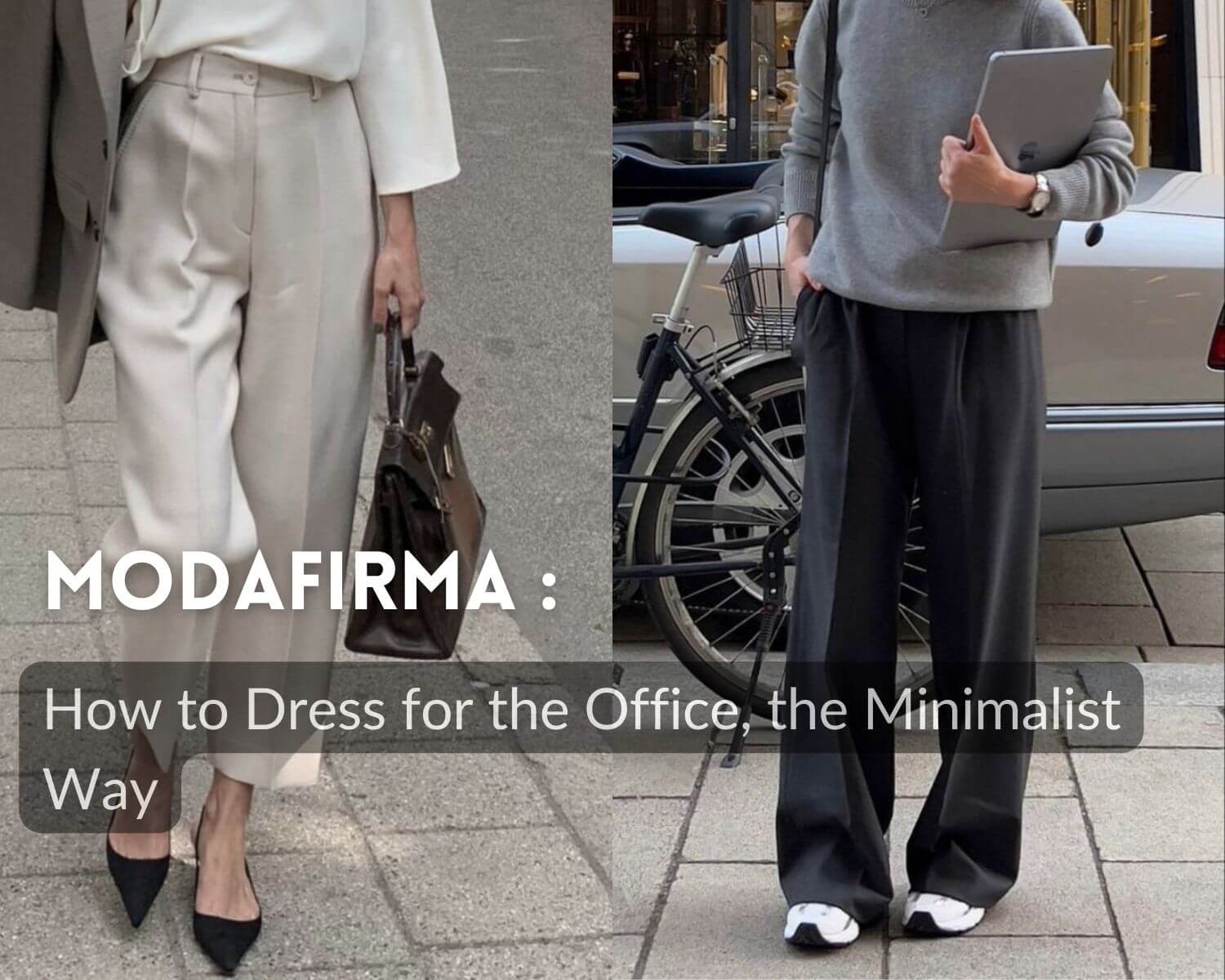We know that starting your jewellery making journey can be overwhelming which is why, as a part of our how to make jewellery hub we’re giving you some helpful advice, tips, guides and more on a range of jewellery making. Here we’ve put together a glossary of some of the terms we think you’ll need to learn as you start your journey…
- Acetone – A flammable liquid solvent, which can be used to dissolve permanent pen-ink marks, setters wax and other substances.
- Argentium – A bright, white silver alloy with unique working properties. It can be fused together without using solder, is hypoallergenic and tarnish resistant.
- Aluminium –A light weight base metal.
- Alloy – An alloy is a metal made up of two or more metals, usually to achieve a desired working property or colour.
- Annealing – The heating and cooling of metal, often using a torch, to make it softer and therefore easier to work.
- Assaying – The testing of metal by a professional body (The Assay Office) to determine the alloy of a metal. Once established the metal is marked with the appropriate hallmark, usually a sponsor’s mark, traditional fineness mark, a millesimal fineness mark, assay office mark and a date letter mark.
- Acid etching – The partial removal of a surface using acid in a controlled environment. The acid dissolves through the metal creating patterned relief.
- Baguette – A gemstone or diamond cut to a long thin rectangular shape.
- Base Metal – Commonly used and inexpensive metals that include copper, brass and aluminium.
- Bullion – Refers to a range of metals e.g. sheet, wire, tube that require further processing.
- Bail – A finding used to secure pendent and charms to chains, available in a variety of designs.
- Bead – A small piece of glass, gemstone, metal or even wood with a hole drilled through. Used for beaded jewellery making.
- Bell cap – A decorative scalloped finding used to incorporate gemstones into jewellery designs.
- Bezel – A ring of metal used to secure a stone in a rub over setting
- Blanks – Plain, flat shapes cut out of metal.
- Bolt ring – A popular clasp used in jewellery making.
- Borax – A type of flux which enables solder to run, commonly supplied as a powder or solid cone which must be mixed into a paste.
- Brass – An alloy of copper and zinc, versatile for making a variety of jewellery.
- Burnishing – The process of rubbing metal to achieve a high polish. A common step in stone setting.
- Cabochon – A gemstone that has been shaped and polished instead of faceted. Cabochon stones are typically flat on the bottom and dome on top.
- Carabiner clasp – A popular clasp featuring a flat loop at one end with an open jump ring ready to attach to a chain.
- Carat (1) – A unit of weight used to measure gemstones and diamonds
- Carat (2) – A measure of the fineness of gold and gold alloys.
- Claw setting – A setting designed to fit a specific cut and size of gemstone, by folding small metal posts (claws) over the gemstone, this style can be used to set a variety of shapes.
- Collet – A setting style, made from a metal band that surrounds and holds a stone.
- Chasing – The process of indenting a relief design into the front of a piece of metal, often using punches, hammers and setters pitch in the process.
- Chenier – A piece of thin metal tubing
- Crimp – A finding that resembles a small metal tube used in beading, crimps are designed to fix beads in place. Crimps can be made from base metal and precious an semi-precious metals.
- Culet – A tiny facet cut on the base of some brilliant cut stones.
- Drawplate – A hardened steel plate containing a series of holes of different sizes. Wire can be drawn through the holes to reduce the size or change the shape.
- Earwire – A hook or loop finding, which is designed to sit in a pierced ear and can have a charm or bead easily attached to it.
- Electroforming – A metal forming process, of depositing a layer of metal onto a mould via an electrical current to form an object. It is possible to use non-conductive materials such as glass and plastic by adding a conductive coating
- Electroplating – The process of depositing a thin layer of metal into an object via an electrical current to give it a metallic appearance.
- Engraving – A process which can be used to apply a pattern to a material surface, either using traditional steel gravers, a scribe or by using engraving machines. There are multiple ways to achieve an engraved effect.
- Facet – The flat face of a faceted gemstone or diamond.
- Ferrous – containing iron.
- Fire stain – Black or Grey marks which appear on the surface of silver when it is heated due to the presence of copper.
- Fine Silver – 99.9% pure silver
- Findings – typically referring to mass produced jewellery components such as clasps, joints and earring wire which are commonly used in the jewellery making process.
- Flux (1) – A liquid or paste that is applied to a metals surface to enable solder to flow freely and to reduce fire stain.
- Flux (2) – A colourless and transparent vitreous enamel, often used as a base layer when enamelling.
- Forging – The process of hammering to alter the shape and profile of metal.
- Forming – A process that typically uses a mould and hammer, typically made from steel or wood, to form metal into a particular shape.
- Fretwork –A sheet of metal which is pierced with holes and shapes to form a decorative pattern.
- Gallery (1) – A wire used in jewellery to raise the level of a piece to allow sufficient clearance for stones
- Gallery (2) – This can also refer to a typically mass produced decorative strip, which can be used in stone setting processes.
- Gauge – A standard unit of measurement used for metal sheet and wire.
- Gilding – The application of a thin layer of gold or gold alloy to another material.
- Gimp wire – A finely wound coil of metal wire used to cover thread, silk and cord to protect it from wear and tear when used alongside findings.
- Girdle – A term used to describe the edge of the widest circumference of a gemstone. It marks the boundary between the top (crown) and the base (pavilion)
- Granulation – The decoration of a metal surface using tiny balls of gold or silver.
- Hallmark – The official stamp of quality applied by an assay office. A hallmark is used to certify metal purity and is a legal requirement for the sale of precious metal items over a specific weight.
- Head Pin – Thin lengths of hardened wire, with a wide head at one end. Beads can be threaded onto the head pin and will not slide off.
- Jump ring – A finding which is usually a small metal loop, but can be a larger metal loop, used to attach components together. Supplied open and closed.
- Kumihimo – The Japanese art of threading, using cords, yarn and silk
- Liver of Sulphur – Used to create a patina solution, which can be applied to silver, brass or copper to create an antique, oxidised finish.
- Mokume Gane – A Japanese metal smithing technique where several layers of metal are fused together before being manipulated by hand to create complex patterns.
- Moulding compound – A two part paste that, once mixed together, can be used to wrap around an object to be moulded.
- Needle File – A small steel file, supplied in varies shapes and grades which can be used to shape and buff metal items.
- Necklet ends – A great way of finishing off beaded necklaces, it disguises the knot you tie in the thread and allows you to attach to clasps. Simply knot your thread and close the clam-like cup around the knot, use a jump ring to join a clasp to the end.
- Pallions – Tiny pieces of solder.
- Patina – An oxidising solution which can be used to apply a dark surface to silver, copper or brass.
- Picklean Safe Pickling Powder – A mildly acidic cleaning solution which, when heated, will remove dirt and oxides from metal that are produced during the annealing and soldering process
- Pickel – commonly refers to a diluted bath of sulphuric acid, which is used to clean flux and oxide off metal after soldering and annealing.
- Piercing Saw – A saw with an extremely thin blade that can be threaded through a drilled hole, used to cut out sheet metal and a variety of other metal items.
- Planishing – The technique of repeatedly hammering metal using a polished planishing hammer to remove surface marks and creating an even, textured finish.
- Pusher – A tool typically made from steel, designed to push the claw of a setting over a stone.
- Repousse – Embossed patterned relief which is punched or hammered into metal from the reverse
- Rouge – A final stage polish used for polishing precious metal, in combination with a high-speed motor and soft mop.
- Rondelle – A contemporary bead design. Rondelle beads are not entirely round but instead more flatter on the sides.
- Shank – the band of a ring.
- Soldering – A common technique for joining metals in the process of making jewellery, using solder which is an alloy with a lower melting point, and other jewellery tools.
- Stamping – The creation of impressions and patterns onto metal using punches and a single blow delivered by a hammer, or fly press for larger production runs. Stamping can also be used to completely cut out metal blanks.
- Sterling silver – a silver alloy which is 92.5% pure silver, referred to as 925 silver.
- Tarnish – Occurs gradually when the surface of metal is exposed to air and moisture. A chemical reaction begins to take place, known as oxidisation, as the metal reacts with sulphur in the air which in turn forms a dark layer.
- Triblet – A tapered metal former used for shaping rings
- Toggle clasp – A decorative clasp choice formed of two parts, a straight bar that is designed ti lock into a circle.
- Tripoli – A coarse polishing compound, used for the first stage of polishing. Often used in conjunction with a rough polishing wheel.
- Tumbling Machine – Used to efficiently harden and polish metal, through light abrasion and burnishing. These can also be used to polish stone and plastic
- Vitreous Enamel – A finely ground glass powder, which can be fused to a metal surface at a high temperature.
- Wire wrapping – A creative jewellery making technique which involves wire being wrapped around a gemstone or bead.
- Work Hardening – The hardening of metal through working process such as hammering, polishing or bending. The metal will often become too hard to work, and will need to be annealed.
These are just some of the basic terms that you’ll need to understand as you start your jewellery making journey. We understand, there is a lot to take in! From the tools to the techniques, there really is just so much to learn but take it slow and don’t rush things, jewellery making is a skill that takes years to grasp and we will be here with you, every step of the way…




:max_bytes(150000):strip_icc():focal(999x0:1001x2)/rita-moreno-2024-oscars-031024-54cb2c55c28543c6893ec395fd29d6de.jpg)


